

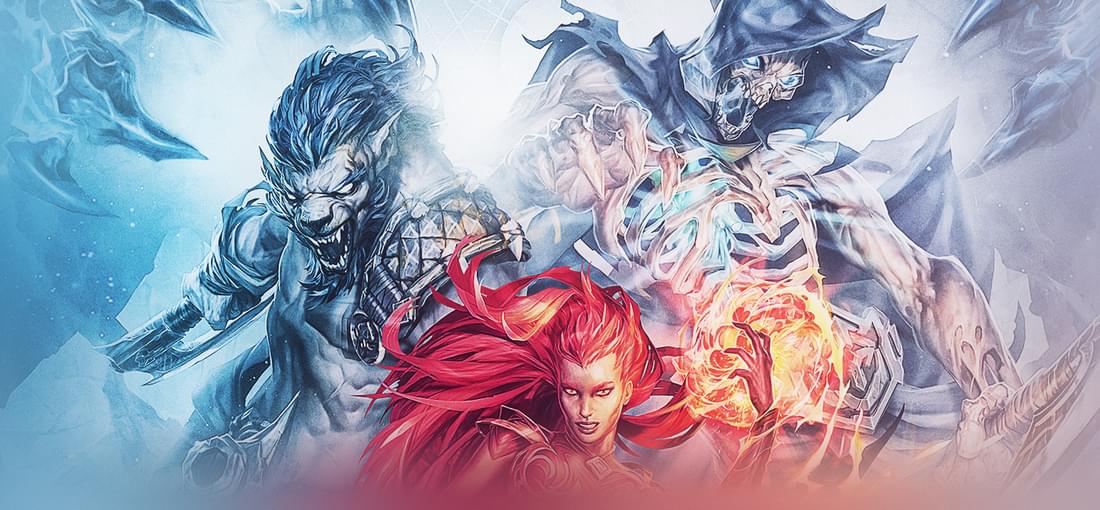
This is a fairly innovative game, or at least I haven't seen quite this twist on the ARPG play style done this way before. The premise is that you are a soul-stealer, who can eventually control up to three alternate forms (with additional ones banked for choosing loadouts). Each can choose and level up four active skills. The complexity stacks between four forms, but is manageable and you can play games with juggling cooldowns and resources and whatnot, and some enemies exist only in the "shadow world" and must be interacted with your "true" form, or the opposite. It's a somewhat fresh take. They also rebuilt the engine they had been using for the same game when it was titled Shadows: Heretic Kingdoms. The new engine is a lot smoother, and the company upgraded previous owners to the rework free of charge. Granted, they are selling a lot of DLC, but the base game has enough as it is. Considering that it took years to rework and they upgraded the original to a more expensive one for free, it's worth taking a look at DLCs, since they probably need the income. It can get somewhat grindy, generic, and fetch-questy. The plot and dialog were also video gamey and uninspired. I got halfway through the game on the old engine and wasn't impressed with those points, and an early play of the rework is much the same. But the gameplay is interesting enough and the reworked engine is fairly smooth and performant on mediocre machines. It's worth playing to see something a bit different in a good way, overall.
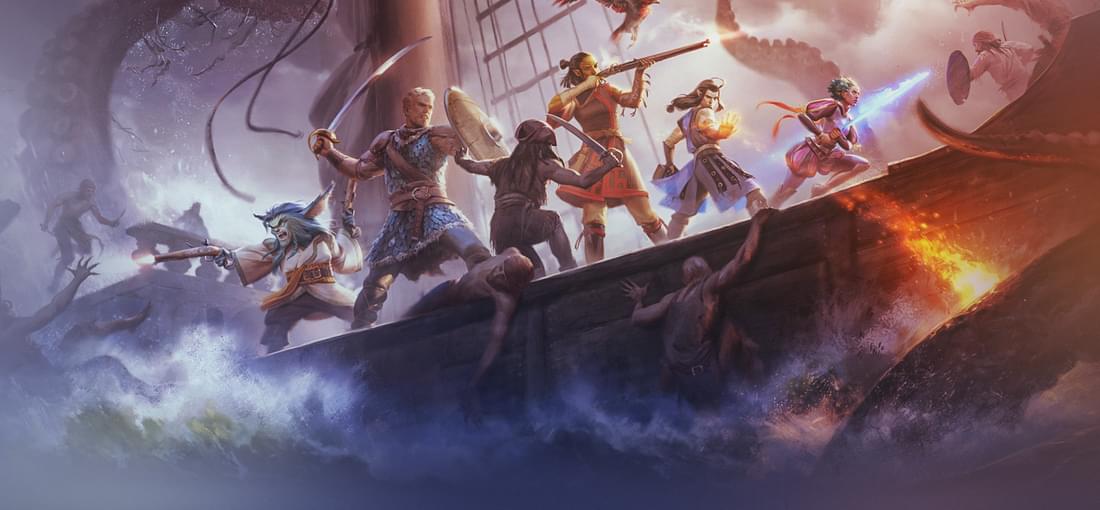
A year or so later, I opened my old save to see if they've improved the optimization since then. I'm at Neketaka, the first big quest hub. Initial load, two minutes? Fine. Walk into a bar. 20 second load screen. Walk downstairs to the discrete encounters area. 10 second black screen. Walk back upstairs, 10 seconds black screen. Exit to city map. Choose another area inside town. 30 second load screen, followed by 20 second black screen. This is like wading through a swamp made out of molasses while one toddler clings to each of your ankles. Just like it was a year ago. The load times wouldn't be long if they weren't so frequent. But they are, and it's unplayable. Supposedly you can fix this by dropping $1k on a SSD, or at least that's what the (paid?) trolls in the Steam forums always say. But yeah no, I'm not doing that. I can play Divinity: OS2 on this machine. I can play lots of things. Pillars of Eternity 2's loading management is uniquely horrible, and has been for a very long time. If you played Pillars 1, it's like that at first, but it gets worse over time. Much, much worse. I've completely lost faith in the developer. +1 star because it's a pretty snazzy load screen I guess.
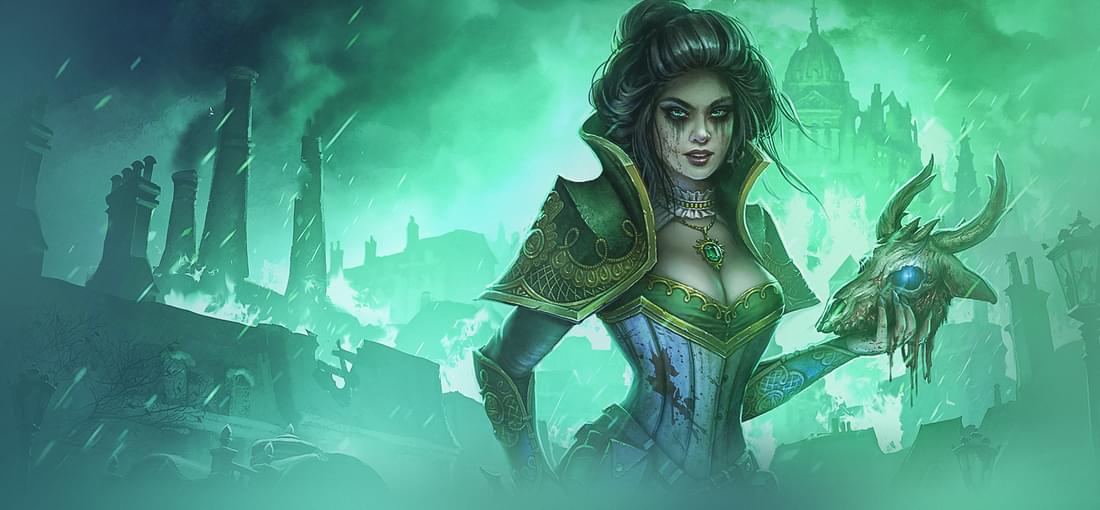
While the expansion is mostly more of the same, there are some specific additions which you may not have anticipated on top of a generally substantial amount of length and depth of game content and item pools throughout. Skill modifiers: "+X% range/casting speed/damage to skill Y" or "X% damage conversion from type A to B" and so on granted by items. Some of your old gear will already have these modifiers after the expansion. Illusionist: For a scaling moderate-to-small fee, you can make your best gear look like your coolest gear. It seems minor, but it feels good in practice. (League of Legends is free-to-play and funded solely on the same principle...) Classes: Aside from having somewhat redundant skill options here and there with other classes, the strongest summoning options are available to Necromancer and the strongest dual-pistol passive is available to Inquisitor. While summoners and dual-pistol characters were viable before, you will likely see an improvement if you play these type of characters over again from level 1 with the new masteries. Further new synergies with old classes will of course emerge in weeks to come, as any Titan Quest or Grim Dawn player knows. Acts: A new cutscene starts after the end of the vanilla campaign, bringing new characters with their own backstories and It's Complicated family relations. A nice fall-themed possessed forest area kicks off the gameplay. As of now, 0.7% of Grim Dawn players on GOG have loaded their old save and unlocked the expansion acts! We'll know more about the two new Acts soon, but the forest and it's orange-red-green palette are a great start to Fall, and Crate should be very happy they got this out the door in time for Halloween season. Release problems: On the down side, some users are reporting DirectX 9/11 problems, but it's a known issue with a known workaroud for now, and fixes will be incoming, judging from previous behavior of the developers.
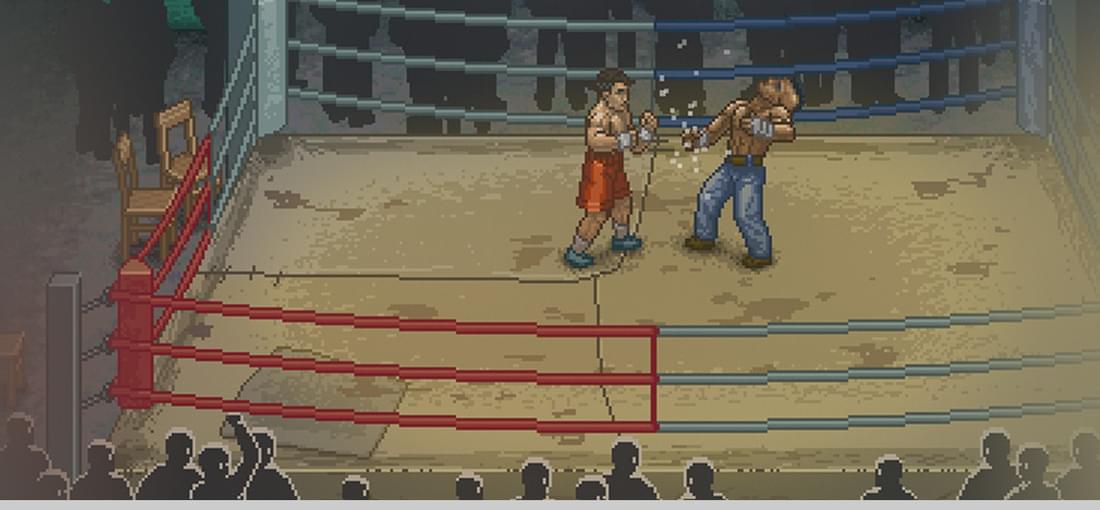
The current gog version is from March 2016, as of December 2016. If outdated versions of games could give birth, the game would be up-to-date. Alas, this is not the case. The current version is the initial version of the Dark Fist free expansion. The release state of Dark Fist includes a new major sidequest that is severely bugged. The publisher has made rants on the Steam announcement page about how - gee wiz - piracy is a thing, and that's really sad, and obviously every pirated copy would've been a purchase otherwise, and that's a million dollars! I have to assume that Steam announcement is why they don't even answer emails from gog.com or its users anymore. Which is weird, because pirated copies of the updated version seem to exist somehow, but never mind that... Don't support this publisher at this time. Until they explain themselves and commit to doing right by its buyers, you shouldn't buy this game on any platform. Even if they were to have a change of heart, I would remain skeptical about future behavior. They have every right to exclude gog from the sequel, but they don't have the right to introduce bugs and then orphan this game after it's already been bought. gog.com, you got Armello'd again. Please put a huge red flag on this store page so customers know they're getting a buggy abandonware product.
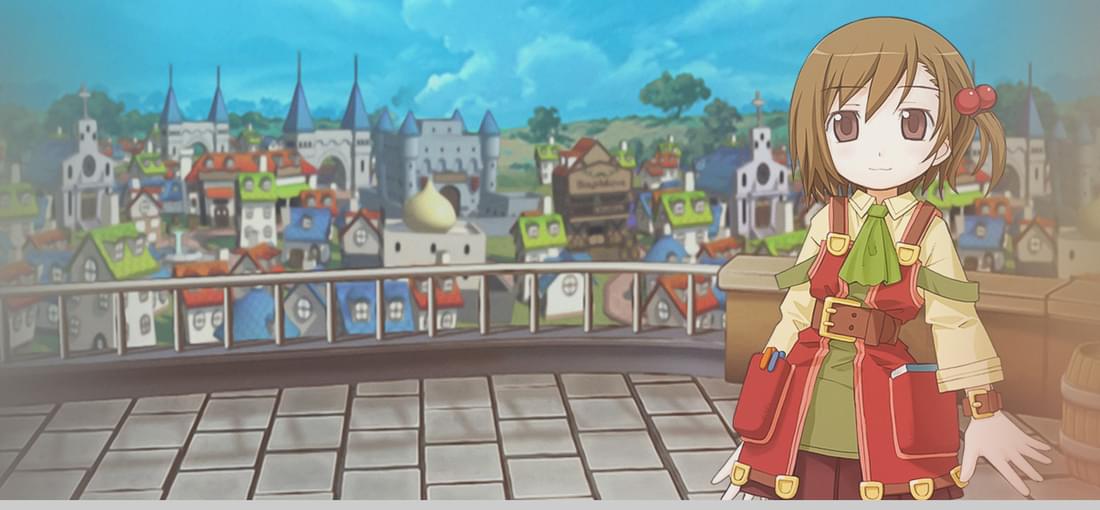
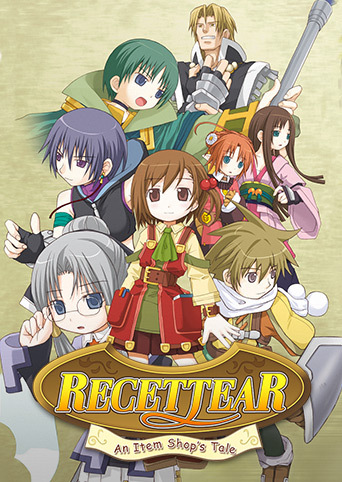
First of all, know that this game runs like an emulated console game, and feels like it was designed for a console release. The in-game play is all done either by keyboard or ideally a gamepad, such as an XBox 360 equivalent. The dungeon crawling especially is optimized for gamepad. Whenever you lose a game, you automatically jump to a new game + style of easy mode with all of your inventory and XP intact. This lose to win" mechanic feels like cheating, and there are no difficulty levels to choose from if you want anything other than the extremes. It's possible to win without ever dungeon crawling, but it seems harder to me. Because game time only advances two ticks per dungeon run, with no dependence on real time spent, Recettear heavily rewards completing entire dungeons from Floor 1 to the end in one go - with dungeons having 5 (intro), 15, 30, 50, or 100 floors. Because of lightweight enemies and frequent level-up refills, this is more tedious than hard for those adept at Zelda-style ARPGs, and you can save a few inventory slots for consumables just in case. Luckily the ARPG part is competently designed, but there is too little difficulty spread over way too many floors for my tastes. The inventory juggle is a chore, too - you can't find out what's in a chest without taking the item, which means frequently dropping an item on the ground just to find out that the chest has a Worn Sword inside - you can imagine what this will feel like by Floor 12 or so... While there are diminishing returns in the dungeoneering due to the quickly-attained 20 item limit, the plot sequence is highly rigid, and you must clear out entire dungeons to move the story along and to introduce new characters. A more management-minded take on the dungeoneering would make this game more appealing to Tycoon players with an anime streak. As it stands, Recettear is a game that can be fully appreciated only by players with more hybrid tastes.